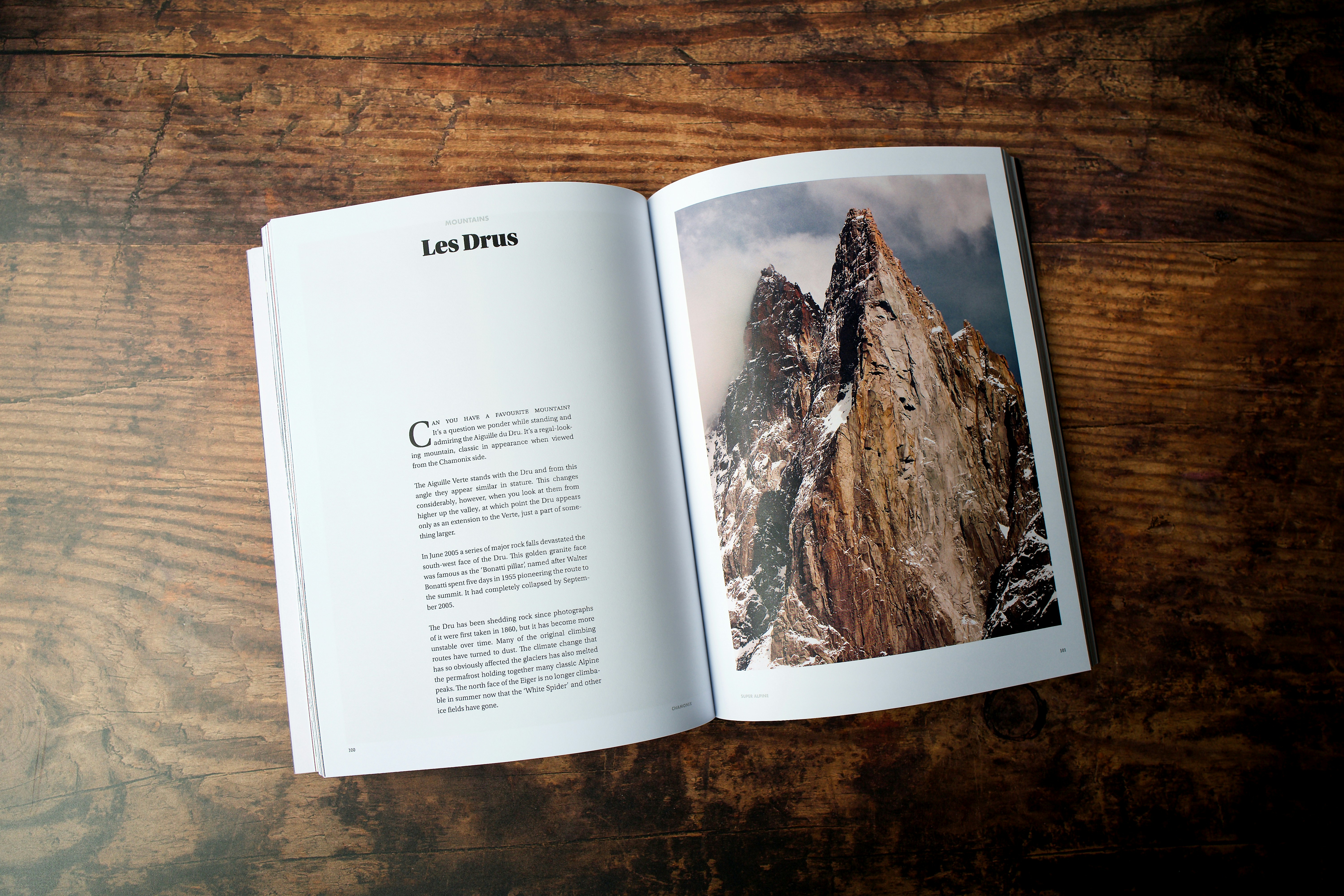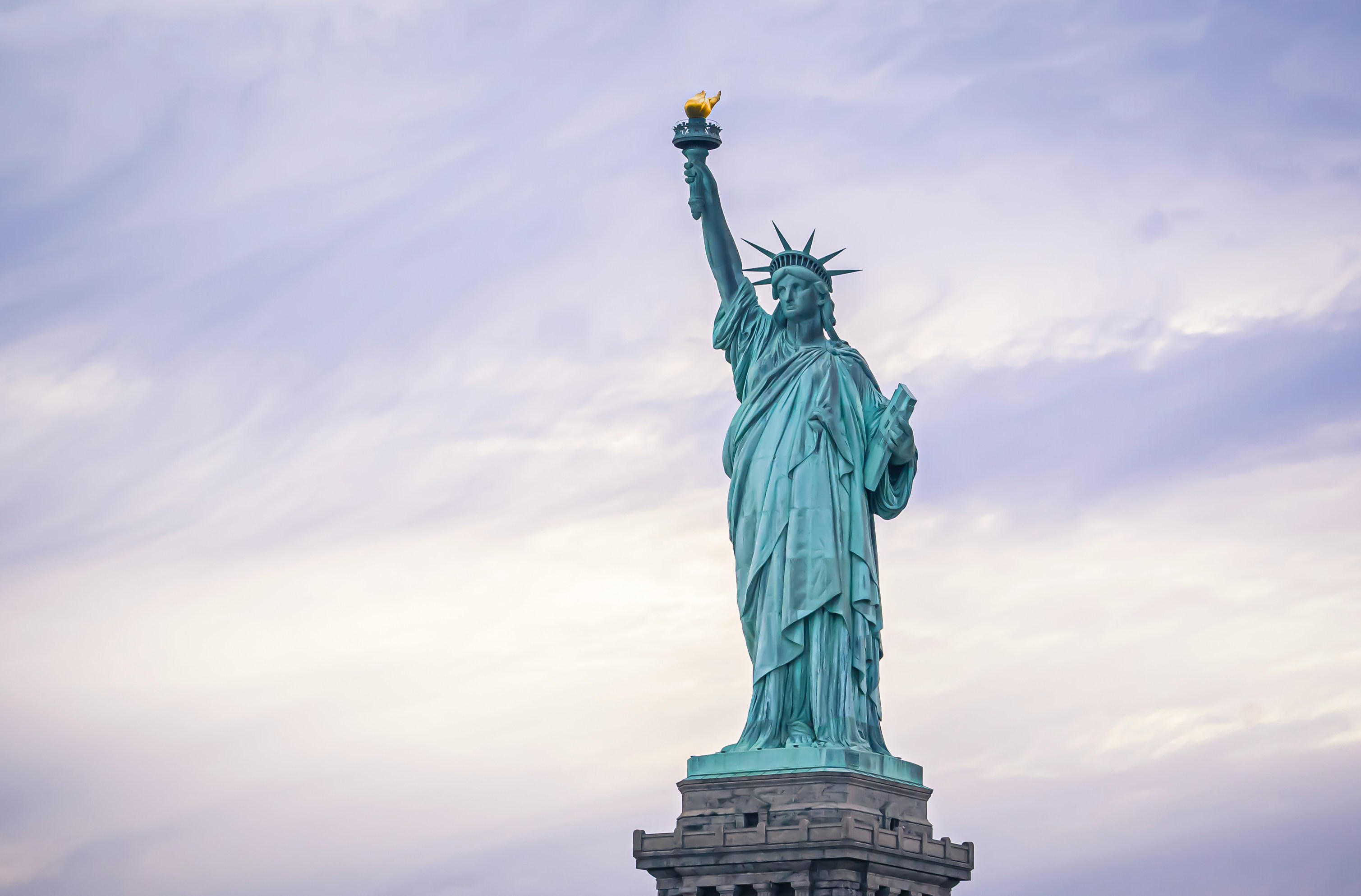Visual media is an essential component of any marketing strategy. YouTube users alone view over 500 million hours of video content every day. People are more likely to be interested in content with visual media and they are more than three times as likely to remember the material they’ve viewed that included visual components.
The tourism industry is an essential part of the economy. In 2017, tourism generated $1.7 billion in revenue. Tourism produced almost eight million jobs in the United States alone. As more locations strive to attract tourists, industry professionals have become increasingly aware of their need to compete for tourists. One way to set your tourist destination apart is to emphasize visual media in your promotional strategies.
Types of Visual Content

Photographs can be used in listicles, articles, and advertisements. A stunning visual image can capture a person’s attention and ignite their imagination. Photos allow people to focus on details and study a specific scene. Maps can also help people locate destinations.
Charts are another form of static visual media that can be used to enhance content. A monthly temperature chart can attract interest in visiting a place with a warm climate. Rainfall graphs can be used to entice potential visitors with the promise of good weather during their visit.
Dynamic visual media is content that changes while viewing. This includes GIFs and videos. Motion can attract a viewer’s attention. GIFs can be used to convey an emotion or sentiment. They can also be used to distribute miniature videos related to tourist sites or activities you may be promoting.
Videos are the most popular form of dynamic visual media. You can use a video production company to produce video footage. An expert videography company in Los Angeles can compile footage and use it to generate advertisements and special interest videos.
Subject Matter

The visual media you use to promote tourism for your site or location can include a wide range of content. One option is to highlight special interest sites. You can use slideshows of photos or listicles to share information about local historic sites or architecture. You can attract interest in festivals and other annual events with event video.
Your visual content can also feature local businesses. A family traveling to Switzerland may want to tour a chocolate factory. Tourists in Costa Rica may be interested in visiting a coffee plantation. Videos and photographs featuring local businesses can be used to attract the interest of potential visitors.
Visual media is a great way to introduce local personalities to a wider audience. Does your town have a famous resident that may attract tourists? Visitors can take tours to see the homes of country music stars in Nashville or celebrity residences in Los Angeles. You can also feature famous pets that live at local stores or perform unique duties.
Many tourists travel to participate in specific activities. You can attract visitors to Hawaii by using visual media to promote bodyboarding lessons. Highlight options, such as group lessons and private lessons. You can break down each step of the sport with pictures and diagrams. Videos can offer expert advice for beginners. You can also promote interest in bodyboarding in Hawaii with videos showing bodyboarders in action at local bodyboarding sites.
Distributing Visual Media

The traditional method of distributing videos has been through advertisements on television, while photographs and other types of static visual media have been used in magazine ads. These options are still popular, but they can be expensive.
Visual media can be distributed effectively online. Your destination’s website is an obvious platform for sharing visual content. All forms of visual content can be shared on your own website. You can also use your site’s blog to share special interest content that may not be widely distributed in your marketing campaigns, but could still attract tourist interest.
Video content can be distributed widely online. You can pay to place video ads on popular YouTube video channels. This is one strategy for reaching a wider audience. You can also use video sharing sites, such as YouTube and TikTok, to share videos of your tourist destination. You can link to your own video sharing channel from your website and social media accounts.
Social media is another effective way of sharing visual media. Images and videos can be uploaded to Facebook, Twitter, and Instagram. You can also post photographs and static visual media on Pinterest. A strong social media presence with great visual content can be used to raise your destination’s profile and attract new and returning visitors.